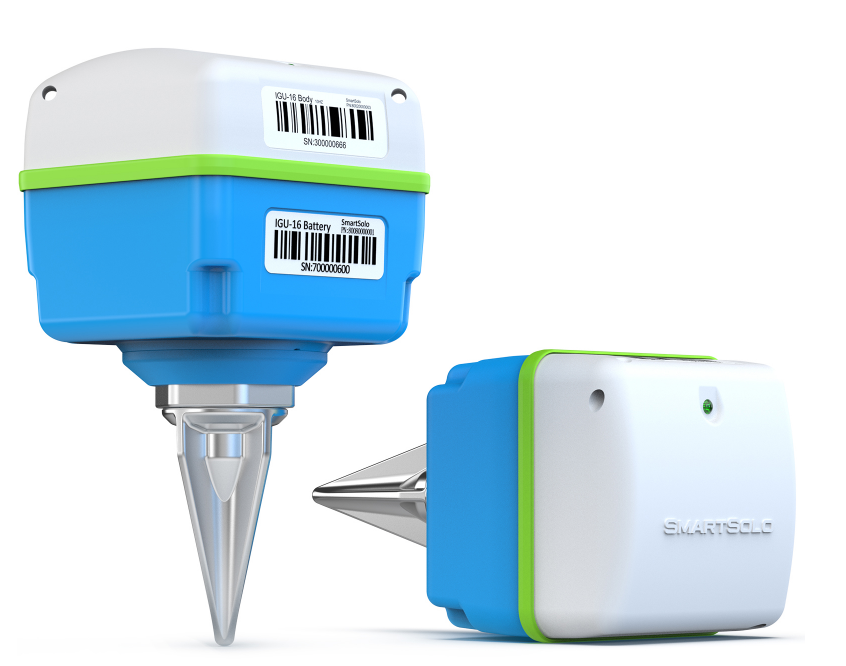How does a seismic sensor work?
Seismic sensors, also known as seismometers or accelerometers, are crucial instruments that allow us to detect and analyze ground motion caused by seismic waves—vibrations emanating from events such as earthquakes, volcanic activity, or even human-made explosions.
1. The Basics of Seismic Waves:
1.1 Types of Seismic Waves:
Seismic waves are energy waves that travel through the Earth, typically generated by the release of energy from geological processes. There are two main types: body waves (P-waves and S-waves) and surface waves.
1.2 Propagation through Earth:
These waves propagate through the Earth, and the ground motion they induce can be measured and analyzed using seismic sensors strategically placed across regions prone to seismic activity.
2. Components of a Seismic Sensor:
2.1 Mass and Spring System:
The core of a seismic sensor is a mass-spring system. This system typically consists of a suspended mass (often a pendulum or a mass attached to a spring) that can move freely in response to ground motion.
2.2 Motion Detection Mechanism:
Attached to the moving mass is a motion detection mechanism. This mechanism may use optical, electromagnetic, or capacitive sensors to detect the displacement of the mass caused by ground motion.
3. Principles of Operation:
3.1 Inertia and Ground Motion:
When seismic waves cause the ground to shake, the inertia of the mass within the sensor causes it to resist being displaced. The suspended mass tends to remain stationary while the Earth moves beneath it.
3.2 Relative Motion Detection:
The relative motion between the suspended mass and the Earth's movement is precisely measured by the motion detection mechanism. This measurement provides a quantitative representation of the ground motion.
4. Types of Seismic Sensors:
4.1 Pendulum Seismometers:
Pendulum-based seismometers use the swinging motion of a pendulum to detect ground movement. When the ground shakes, the pendulum remains stationary due to its inertia, and the relative motion is measured.
4.2 Force-Balance Accelerometers:
Additional reading:Which is the Best: LCM Display or OLED Display?
Revolutionizing SMT Production Line: Boost Efficiency, Optimize Quality!
What is coupon in PCB design?
Where are carbon film resistors used?
Why is my Arduino LCD not displaying anything?
Boost Welding Performance: Unveiling the Power of Welding Machine Capacitors
Revolutionizing Electronics Industry: Meet Dianguang Electronics
Force-balance accelerometers use feedback systems to keep a mass at rest during ground motion. The force required to keep the mass stationary is directly proportional to the ground acceleration, providing a precise measurement.
5. Recording Seismic Data:
5.1 Recording Seismic Traces:
The detected ground motion is recorded as seismic traces, which are graphical representations of the amplitude and frequency of the seismic waves. These traces help seismologists analyze the characteristics of seismic events.
5.2 Seismic Network:
Seismic sensors are often part of a larger seismic network, allowing for the triangulation of seismic events. By comparing the arrival times of seismic waves at different sensor locations, the location and depth of the seismic source can be determined.
6. Applications of Seismic Sensors:
6.1 Earthquake Monitoring:
Seismic sensors are fundamental tools in earthquake monitoring systems. They provide real-time data that helps assess the magnitude, location, and depth of earthquakes, contributing to early warning systems.
6.2 Volcanic Activity Monitoring:
Monitoring ground motion around volcanoes helps in understanding volcanic activity. Seismic sensors can detect precursory signals, such as increased seismicity, providing insights into potential eruptions.
6.3 Nuclear Test Monitoring:
Seismic sensors play a crucial role in global efforts to monitor and detect nuclear tests. They can identify the unique seismic signatures associated with explosions, aiding in the verification of international treaties.
7. Challenges and Advances:
7.1 Noise Reduction:
Seismic sensors must contend with various sources of noise, such as human activity or weather-related vibrations. Advanced signal processing techniques are continually being developed to enhance the signal-to-noise ratio in seismic data.
7.2 Miniaturization and Portability:
Advances in technology have led to the development of compact and portable seismic sensors. These innovations enable the deployment of sensors in remote or challenging terrains, expanding our ability to monitor seismic activity.
Seismic sensors are indispensable tools for scientists and seismologists, providing a window into the dynamic behavior of the Earth. By detecting and recording ground motion caused by seismic waves, these sensors contribute not only to our understanding of natural phenomena like earthquakes and volcanic activity but also to critical applications such as early warning systems and global efforts to monitor nuclear tests. As technology continues to advance, seismic sensors will play an increasingly vital role in unraveling the mysteries of the Earth's inner workings.
Mastering OLED Character Displays: Ultimate Guide
What are the top 5 benefits of a Custom VATN LCD Display in the purchase decision-making process?
Revolutionizing Visuals: Unveiling the Mesmerizing Power of 3D LED Displays
Which Revolutionary VA Medical Apparatus Will Transform Healthcare?
What is the thickest copper PCB?
The Ultimate Guide to OLED 128 Displays
Which cutting-edge CZ9255 control board innovation reigns supreme?
164
0
0
Related Articles
-
Unlocking the Potential of CZ9255 Control Board: Everything You Need to Know
Unlocking the Potential of CZ9255 Control Board: Everything You Need to Know.
138
0
0
-
Which TN Ultra-Wide Temperature LCD Offers Superior Performance?
Which TN Ultra-Wide Temperature LCD Offers Superior Performance?
60
0
0
-
56
0
0
-
Unveiling the Hidden Wonders: Discover the Secrets and Advantages of Automotive Blue PCBs!
Unveiling the Hidden Wonders: Discover the Secrets and Advantages of Automotive Blue PCBs!
159
0
0
-
141
0
0
-
56
0
0
-
45
0
0
-
66
0
0











Comments
All Comments (0)